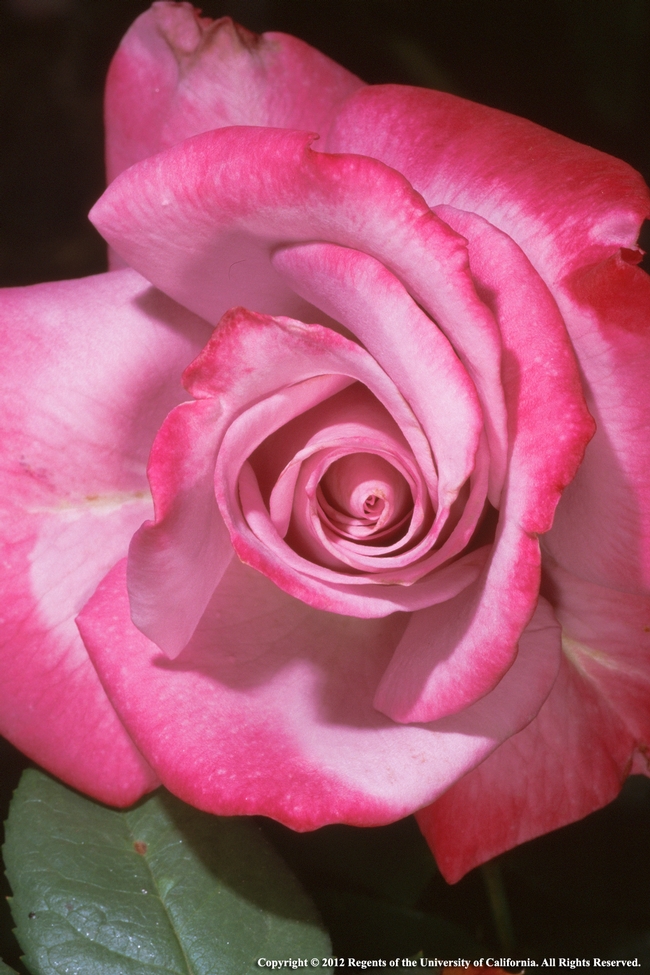By Ann Dozier Master Gardener
I see bare-root roses in nurseries. Do you have suggestions of what to buy and planting instructions? Joanne F., Arroyo Grande
This is a good time of year to buy dormant roses, sold as ‘bare root.’ Nurseries should have a wide selection at good prices. Before buying, however, consider your landscape plan, your microclimate and time available for care.
Beautiful large-blossomed hybrid tea roses or grandifloras are not always the best choice unless you are willing to invest time maintaining regular feedings, pruning and pest control routines. (Some modern varieties are advertised as disease resistant and may be less susceptible to fungal problems.)
Modern “landscape” roses, floribundas and polyanthas, (also called shrub roses) are easy to maintain, usually disease resistant and require little or no pruning. They can make good hedges and background plants. In choosing roses, it’s a good idea to check with neighbors who share your microclimate to find varieties that are happy in your growing conditions.
Bare root plants are sold by grades: 1, 1.5, and 2. Try to buy ‘1’, the best quality. Plants should have been kept cool with roots in damp material. Choose those with at least 3 plump, green canes. Buds on canes should be plump, too, but not ready to burst. Once home, unwrap the rose, shake off storage material, and prune broken roots and canes. If you cannot plant immediately, store in a cool spot in damp sawdust or light sand. At planting time, soak the roots in water for several hours.
To plant, dig a hole about two feet wide and one foot deep in a sunny area of well-drained soil. Make a cone about ten inches high in the middle of the hole and spread the rose roots over it, making sure the knobby graft union is above soil level. Fill the hole with soil, amended with up to 1/3 organic material (compost or aged manure.) Press down gently. Water in the planting, rocking the rose back and forth until it is firmly settled. Level soil and form a little barrier about ten inches around the plant to make an irrigation basin. Your rose should bloom within 8 to 12 weeks.
